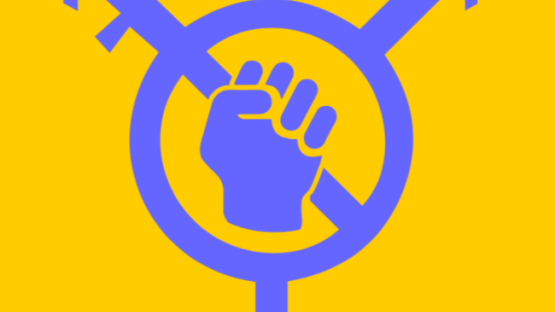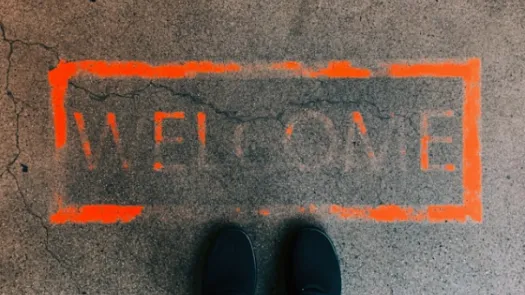#IWD2019 Online gender-based violence: a privacy matter?

For International Women’s Day 2019, Privacy International looks at some of the key themes around the intersection of gender rights and the right to privacy and we review the work we and our partners have done on those topics.
When dealing with cases of non-consensual sharing of intimate images, often known as ‘revenge porn,’ or doxxing, where a person’s personal details are shared publicly, the link between privacy and online-gender-based violence is very clear. Privacy violations are used to oppress women and gender diverse people. But those cases are not the only way in which privacy and gender-based violence are linked.
Gender-based online violence: No place to hide
Survivors of online gender-based violence talking about their experience tend to describe a degree of abuse that becomes impossible to escape. In a world where technology has become inseparable from the physical world and we rely on it in our everyday lives, the abuse ends up impacting every aspect of our lives. This inescapability is key to understanding how the experience of harassment and online gender-based violence is related to privacy.
The right to privacy was first addressed as such in a legal context with American lawyers Samuel Warren and Louis Brandeis defining it as “the right to be let alone.” Online gender-based is an attempt by an abuser to never let their target alone, to deny them a private space, be it online or offline, to the extent that such a distinction is even still feasible.
And with the further development and roll out of connected devices, the future of online-gender-based violence will carry new opportunities for abuse. Interviewed in Privacy International’s report on Gender and Privacy, Leonie Tanczer, lecturer at UCL’s Department of Science, Technology, Engineering and Public Policy, told us: “While now harassment can take place on platforms such as Twitter or through the interference with very distinct devices such as my tablet, in the very near future one will be able to tamper with my connected driverless car, my smart lock, or just troll me through my dozen Internet-connected devices.”
Online-gender-based violence cannot be divorced from the social context in which it happens. It is now an isolated phenomenon happening online but the reflection of patriarchal structures that allow men (in most cases) to feel entitled to harass women and gender-diverse people online.
Online harassment targeting women and LGBTIQ persons
SMEX – our partner in Lebanon – have looked at the specific context of online harassment against women and LGBTIQ individuals in Lebanon. Their report highlights the adversarial role of the authorities, which are preventing survivors – in particular LGBTIQ individual – from handling online blackmail and privacy threats in a safe and sustainable way. But most of all their interviewees believed that “that the most effective long-term solutions to online privacy threats involves changing the current societal and legal landscape and promoting an environment that is safe and inclusive both offline and online, for women and members of the LGBTIQ communities.”
Legal frameworks restricting the expression of sexuality
The Foundation for Media Alternatives (FMA) – our partner in the Philippines – noted a similar trend with a legal framework that remained gender-insensitive, sometimes “restricting full expression of one’s sexuality” despite a rise in the number of privacy violations online that target women and LGBTQIA+ individuals in the Philippines. In their report, FMA demands and change and condemns “centuries-old cultural assimilation of a patriarchal worldview, further skewed by restrictions imposed by organized religion [that] has made Filipino notions and standards of privacy inherently unfair to women and the LGBTQIA+ community.”
The need for a principle and comprehensive approach
In Chile, our partner Datos Protegidos also noted the need for a change in the legal framework in their nine recommendations (in Spanish) for a safer internet for women and the LGBTIQ+ community in Chile. In particular, they propose to change to the Chilean cybercrime law, adding new penalties for non-consensual image sharing and compensations proportional to the abuse that survivors have experienced.
Datos Protegidos also stresses the need for trainings of law enforcement to insure they are qualified to adequately handle online-gender based violence. This is an issue that Privacy International has observed across the world: civil society organisations working on the issue of online-gender-based violence all raised the issue of law enforcement’s lack of familiarity and/or capacity when it comes to responding to survivors’ complaints.
Ride sharing apps from a gender perspective
We highlighted earlier the new forms online-gender-based harassment will take, as we step into a world where the border between online and offline becomes blurry and the online/offline divide becomes irrelevant.
Our partner in Pakistan, the Digital Rights Foundation explore an aspect of this question in their report on ride-sharing apps. The report looks at the various forms of harassment consumers had experienced when using those apps and the complaint mechanisms in place. Based on surveys and interviews, the report found out complaint mechanism was the only recourse for women who feel unsafe on the apps.
The need for a gendered right to privacy
All of these cases show that with technologies transforming our experience of the world, we will need a right to privacy well suited to protect women and gender diverse people from new forms of abuses, which will keep emerging as long as the patriarchal structures that fuel gender-based violence remain unchallenged.
We want a right to privacy that will help deconstructing and smashing those structures and we are looking for your contribution to that fight, not just on women’s day, but for the years to come. Will you join us?



